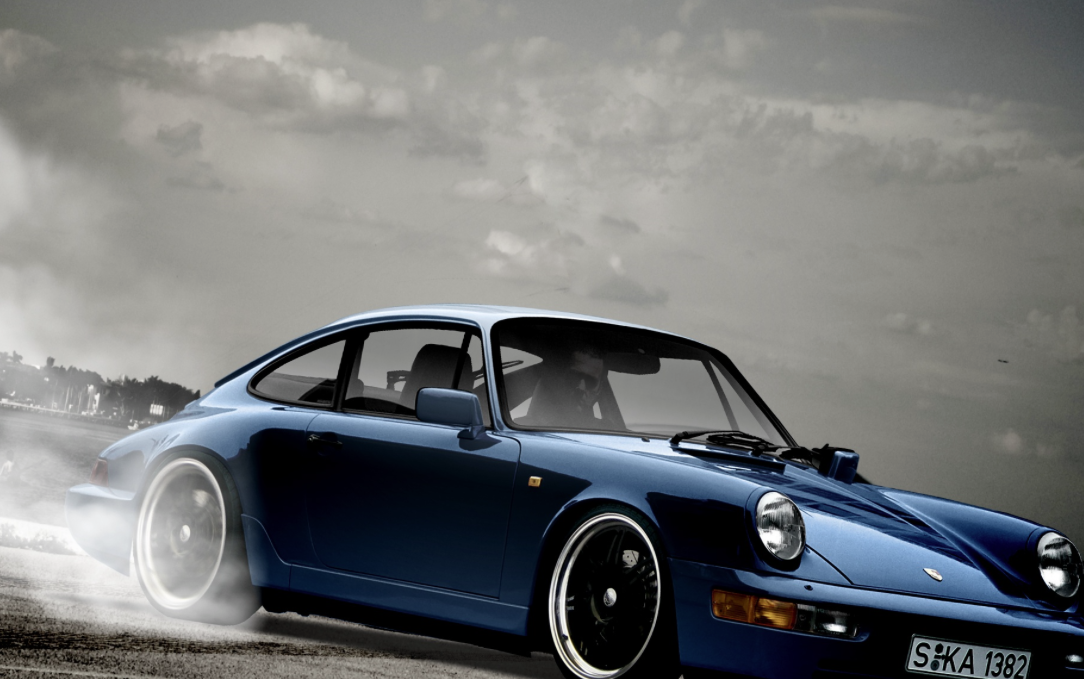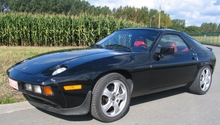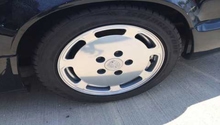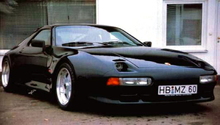Porsche 993: Why Not to Do a Burnout
The idea of blazing rubber with your Porsche 993 may be appealing, but consider the potential risks before trying.
This article applies to the Porsche 993 (1993-1998).
During a burnout, you rev the engine while also pressing on the brake pedal, causing your wheels to spin at a high frequency and smoke. If you’re into racing your Porsche 993, then burnouts can help heat your tires to gain optimal traction on the racing surface. However, there are drawbacks, from wearing out your tires to ruining your car if you don’t have a manual transmission, and, of course, there is a safety risk. They may be fun to do every now and then, but not something to do with any regularity, unless you're willing to replace worn parts more often than you otherwise would.
Transmission Problems
Attempt a burnout with an automatic transmission and you risk overheating and damaging your transmission. Prolonged stalling of the torque converter in an automatic transmission will cause overheating and, eventually, excess transmission slippage. PDK-equipped cars do not even have this option programmed into their logic. With a manual transmission, the margin for error is smaller, but you will still have to drop the clutch from an excessively-high RPM to get the wheels spinning. This will wear the clutch out prematurely. A burning smell from anywhere but your tires can indicate that you’ve ruined your transmission, and replacing it, if even possible, is an expensive proposition.

Tire Damage
Burnouts cause the tread on your tires to wear more quickly than they do during normal day-to-day driving. The faster your tread wears out, the more often you’ll need to replace your tires. Tires that have next to no tread are dangerous to drive on, especially at high speeds. Generally, tires are good-to-go as long as tire tread depth reaches 1/16 of an inch. You can measure this with a penny. Insert the penny between the treads of the tire with Lincoln’s head pointed down. If you do and can still see Lincoln’s head, then it’s time to replace your tires. Rarely do burnouts cause tires to catch on fire, but it can happen.

Increased Brake Wear
Generally speaking, burnouts won’t ruin your brakes, but they do cause your rear brakes to wear more quickly than they would during normal day-to-day driving. Installing a line lock on your rear brakes can help extend the life of your brakes if you plan to do a burnout. In order to do a smokey burnout, you have to give the drive wheels a violent enough application of power to break traction and overwhelm the brakes as you hold the car still.

Related Discussion
- Can a 911 Do a Burnout? - Rennlist.com






